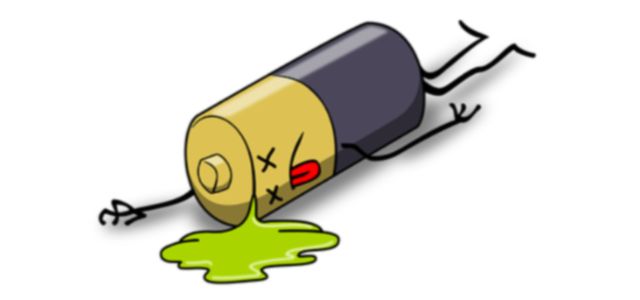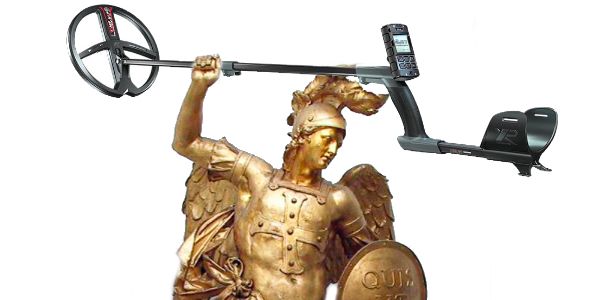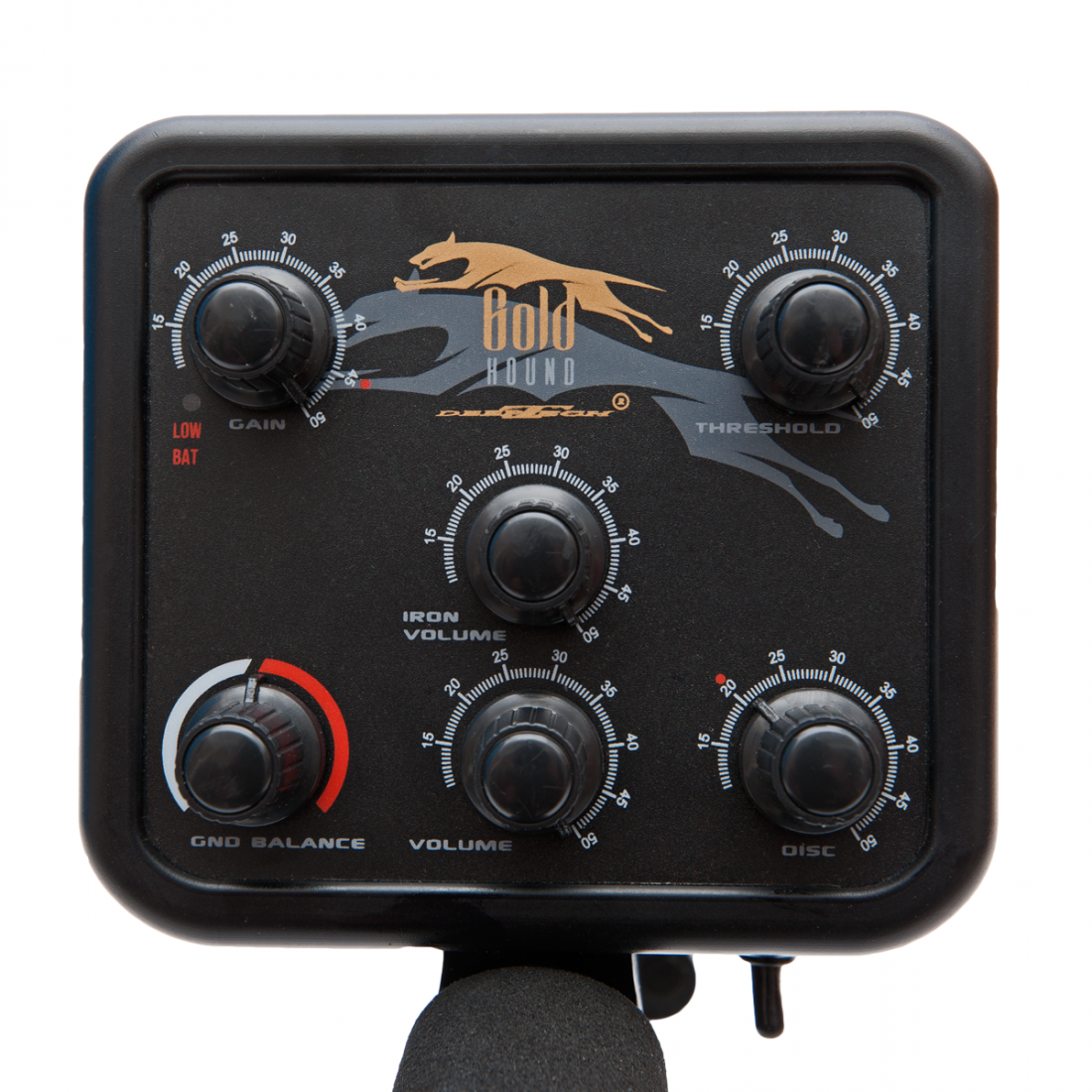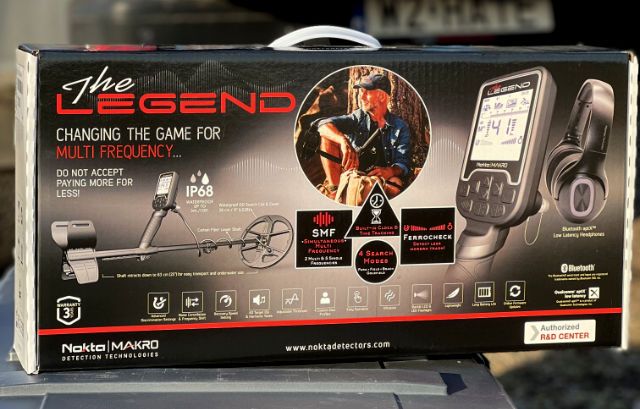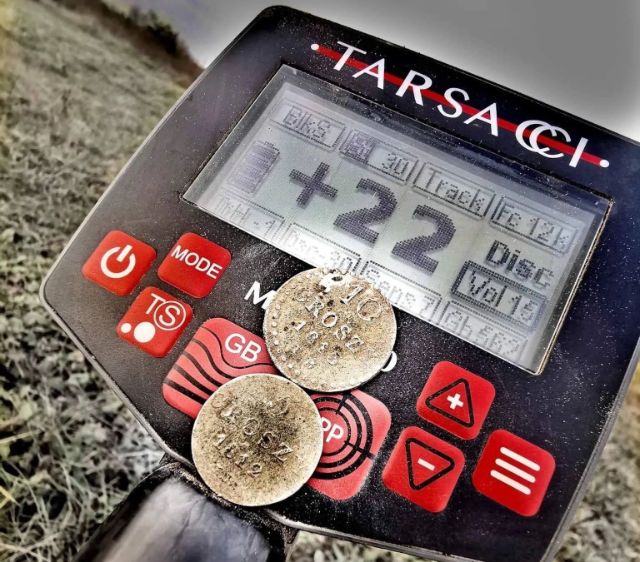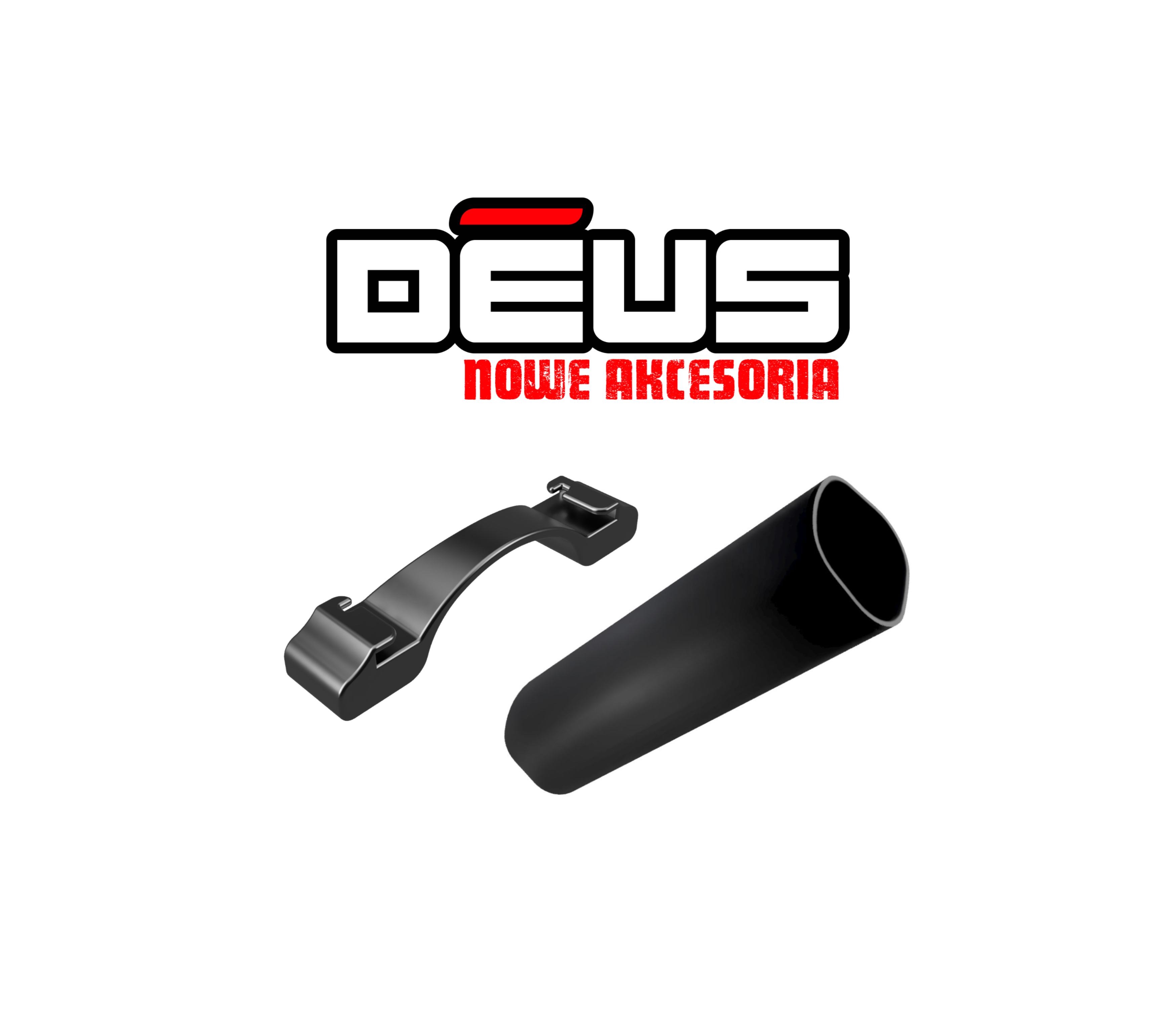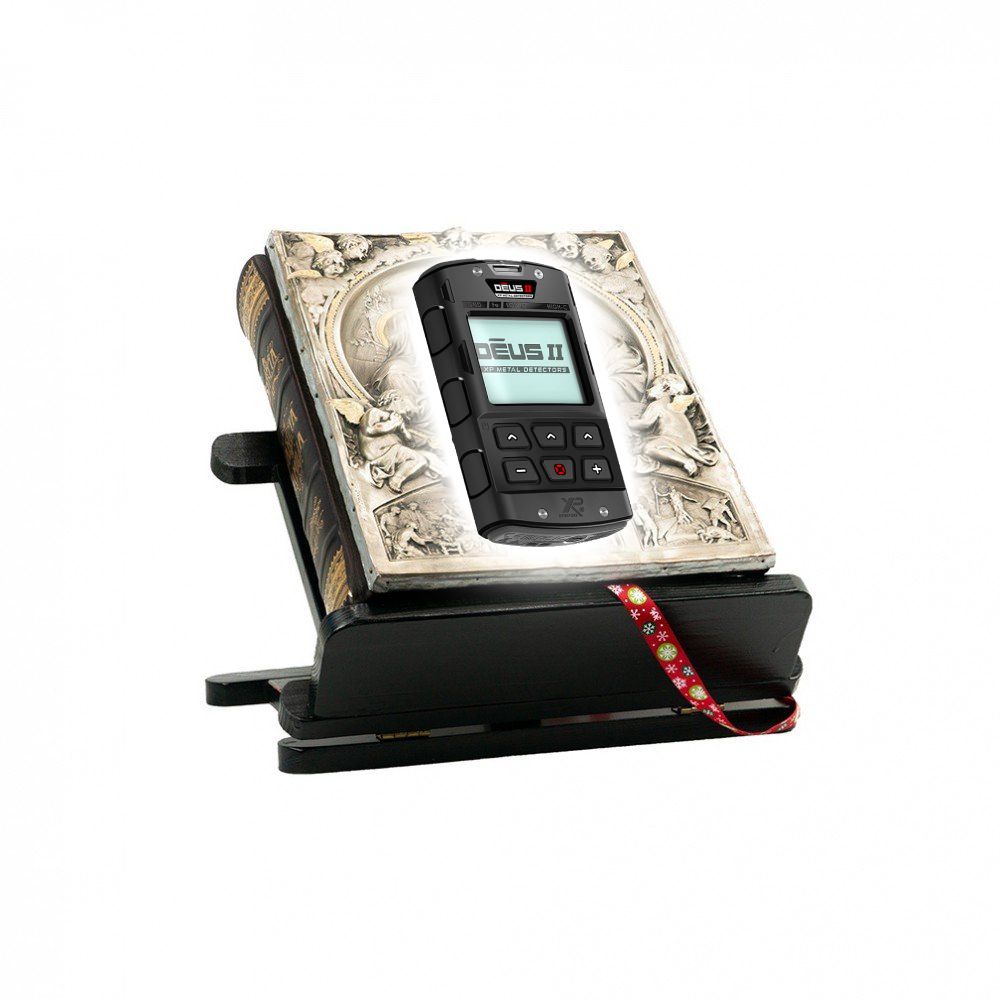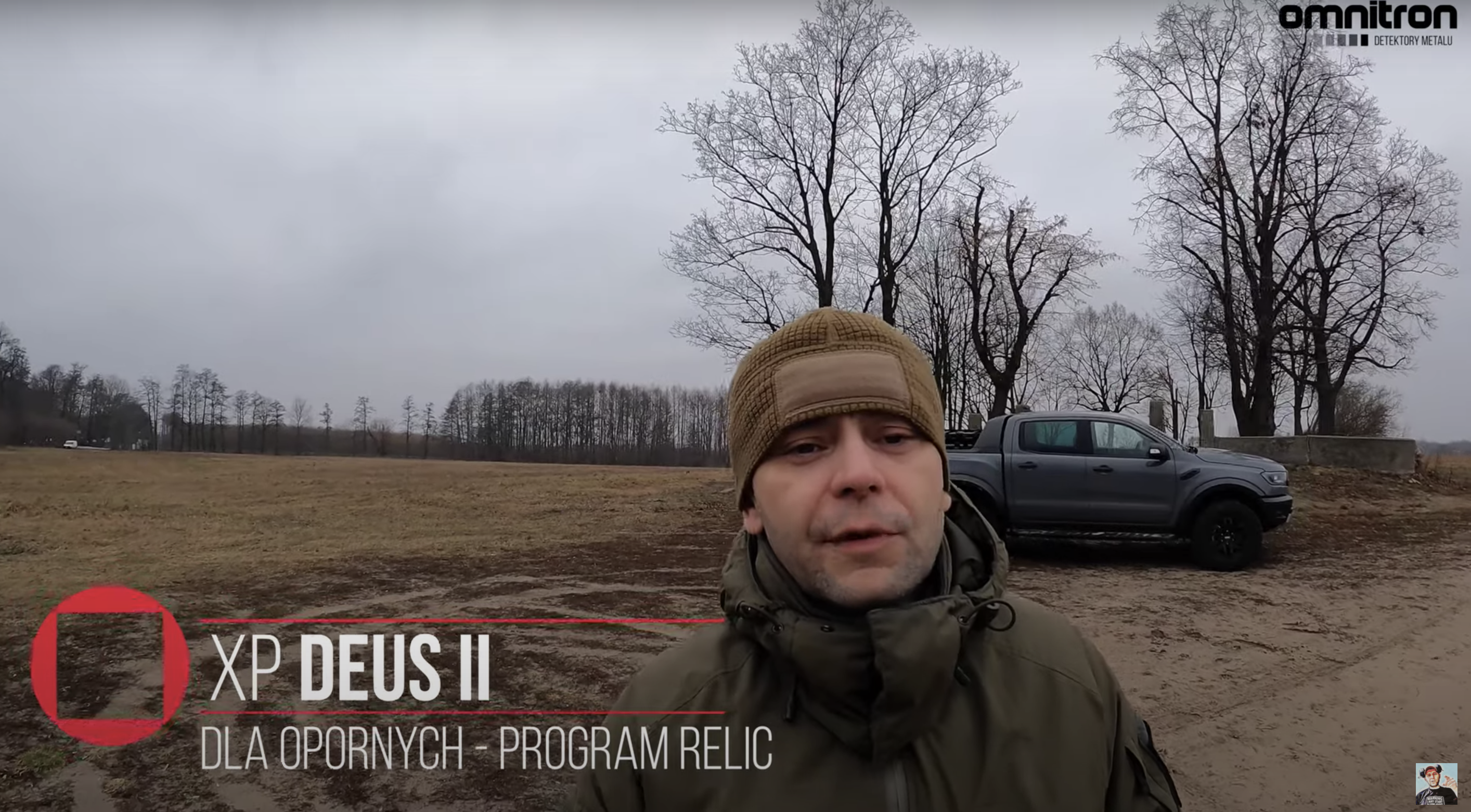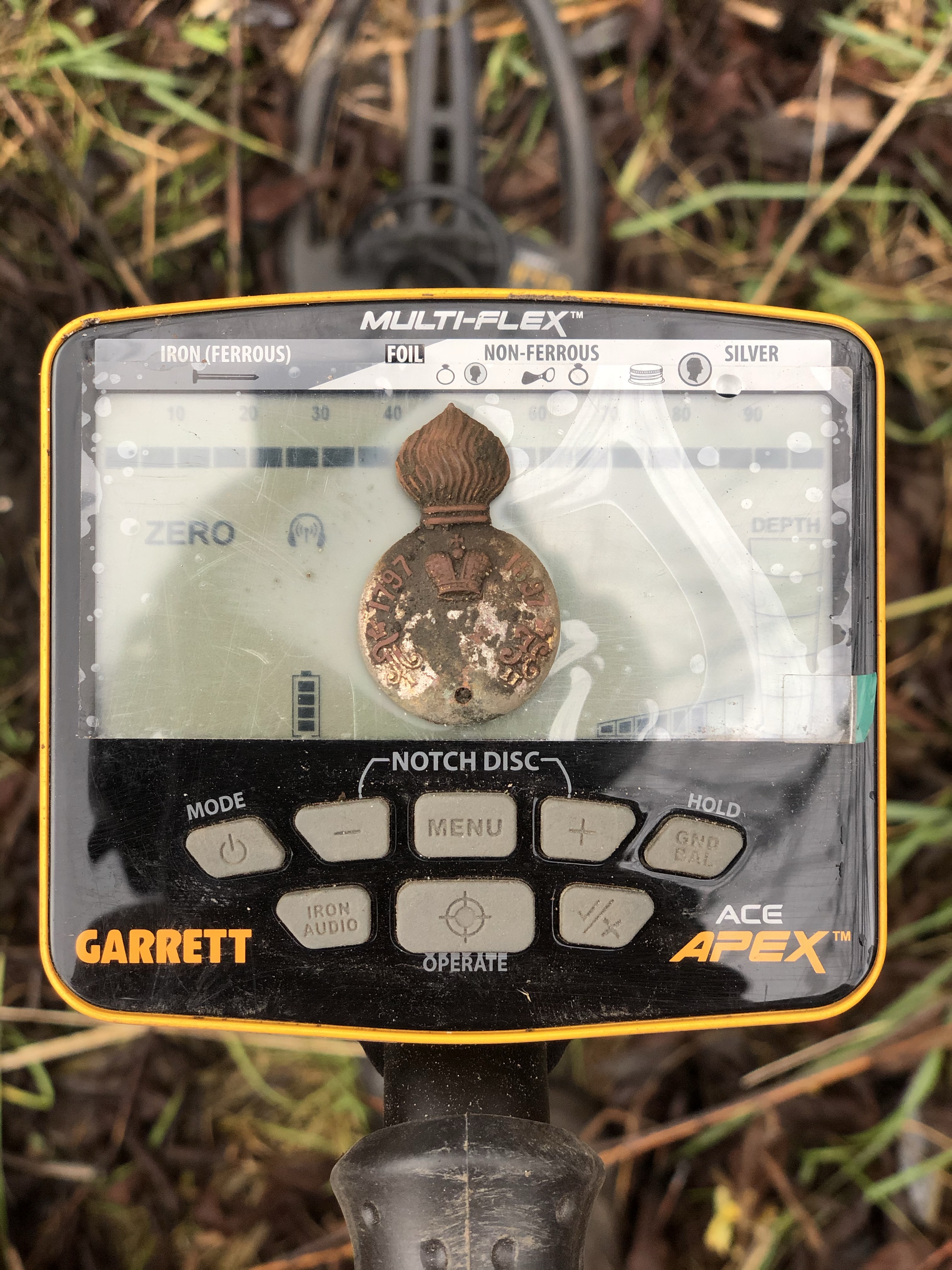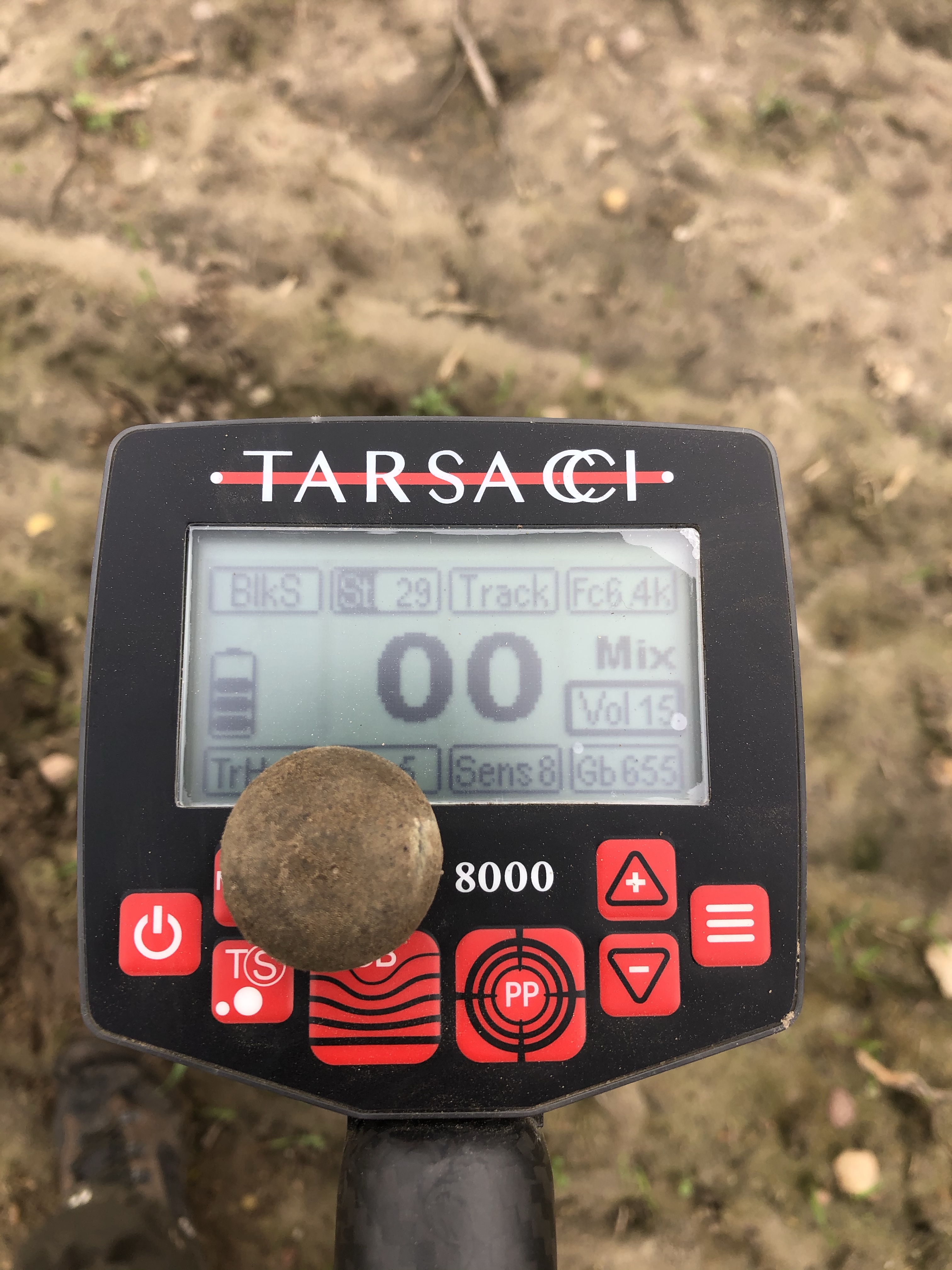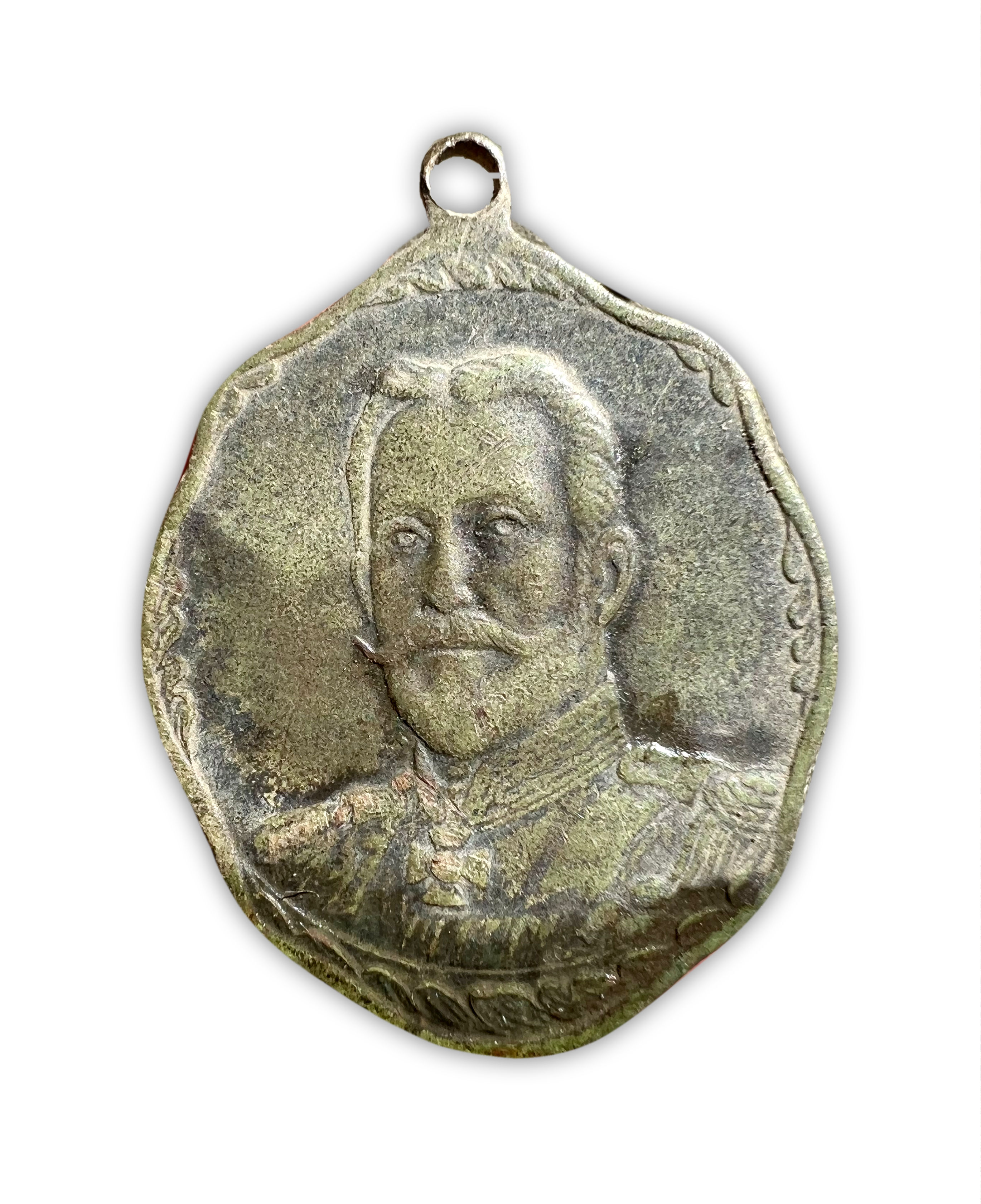
Many of us make a mistake at the very beginning and choose the wrong equipment. The detector should be adapted directly to the conditions that prevail at the workplace as well as expectations regarding the finds. Half the poverty when we are looking for ordinary places without a lot of iron or civilization garbage. In such places, ordinary simple equipment for a few hundred zlotys is enough.
The problem begins when the soil is highly mineralized and we have a high content of iron, ceramics, turf ores, and coke. It turns out that ordinary equipment does not work at all. Did not work. Half the trouble is when we are able to determine it organoleptically and it can be seen from the behavior of the detector. The device energizes, the depth of detection decreases, the ID signaling simply does not work, and the excess iron causes the device to clog and shift in the scale of rusty corrosion to the range of high conductors such as silver. swept away. You can hang the equipment on a peg. There is no topic.
Fortunately, there are several ways to avoid problems. It is known that it is best to buy a high-end detector such as Tarsacci MDT 8000 or XP DEUS II … but who can afford such extravagance nowadays?
We start from scratch. If our equipment has the All Metal mode, we start it immediately. Discrimination is the enemy of every Seeker. End and period. In this way, we improve the performance and the electronics have fewer signals to filter, it is faster and there is less chance that we will miss something. We also start to sweep slower and more accurately. Surveying is fundamental. We assume every move and absolutely parallel to the ground.
Too much interference and false signals? We detune and reduce the sensitivity. It is also worth raising the probe a little higher. Sometimes it helps, also in the case of searching for signals on the surface – a lost wedding ring.
App. Yes, application. I send furious Janusz with the police syndrome to hell. The application is not a record of the services, but a help for you. What? Simple, we see how much we’ve walked and what signals were shown in a given place. You can observe the concentration of finds. You don’t have to upload photos, just a letter marker of the item. On this basis, it is known where to return with other equipment and or improve with the help of the selected program or a new set of settings.
Ground calibration. Just as important as detuning from EMI interference. The basis, the essence of working with the detector. Done right is a chance for success, screwed up is time wasted. Firstly, we look for a clean place, secondly, we double-check. When calibrating, we look at the values, compare, go to another place and try again. Correct identification and depth of detection depend on it. The measurement value tells us what conditions we can face.
Mineralization index. Not every metal detector has it. We check what it shows, and on this basis we are able to predict how much we will lose performance in this place and how to set the equipment exactly.
In the end, there’s always a fat wallet. Does the place produce? Are there results? It’s worth investing in better equipment! Multi-frequency device or in t hybrid technology, pulsed? Why not! Such solutions allow you to break through the iron layer in a more effective way. Equipment doesn’t have to cost a fortune. All the time on the market we will find garage producers who can work wonders. Currently, PI impulse detectors have discrimination and identification, it does not work as well as in popular VLF devices, but it allows you to reopen old places that apparently do not produce anything new!
No one would have believed a few years ago that the so-called. the frames will be in a version with full discrimination and in IB technology. Looking for a big color? No problem, a good example is Pathfinder Nexus, described in one of the articles of this blog.
If you liked this article, give it a like and remember our social media:
Youtube
Sklep Omnitron
Omnitron Metal Detecting Group
Intagram



